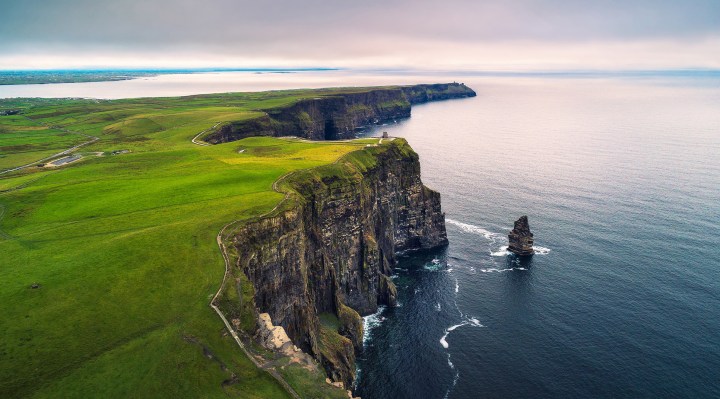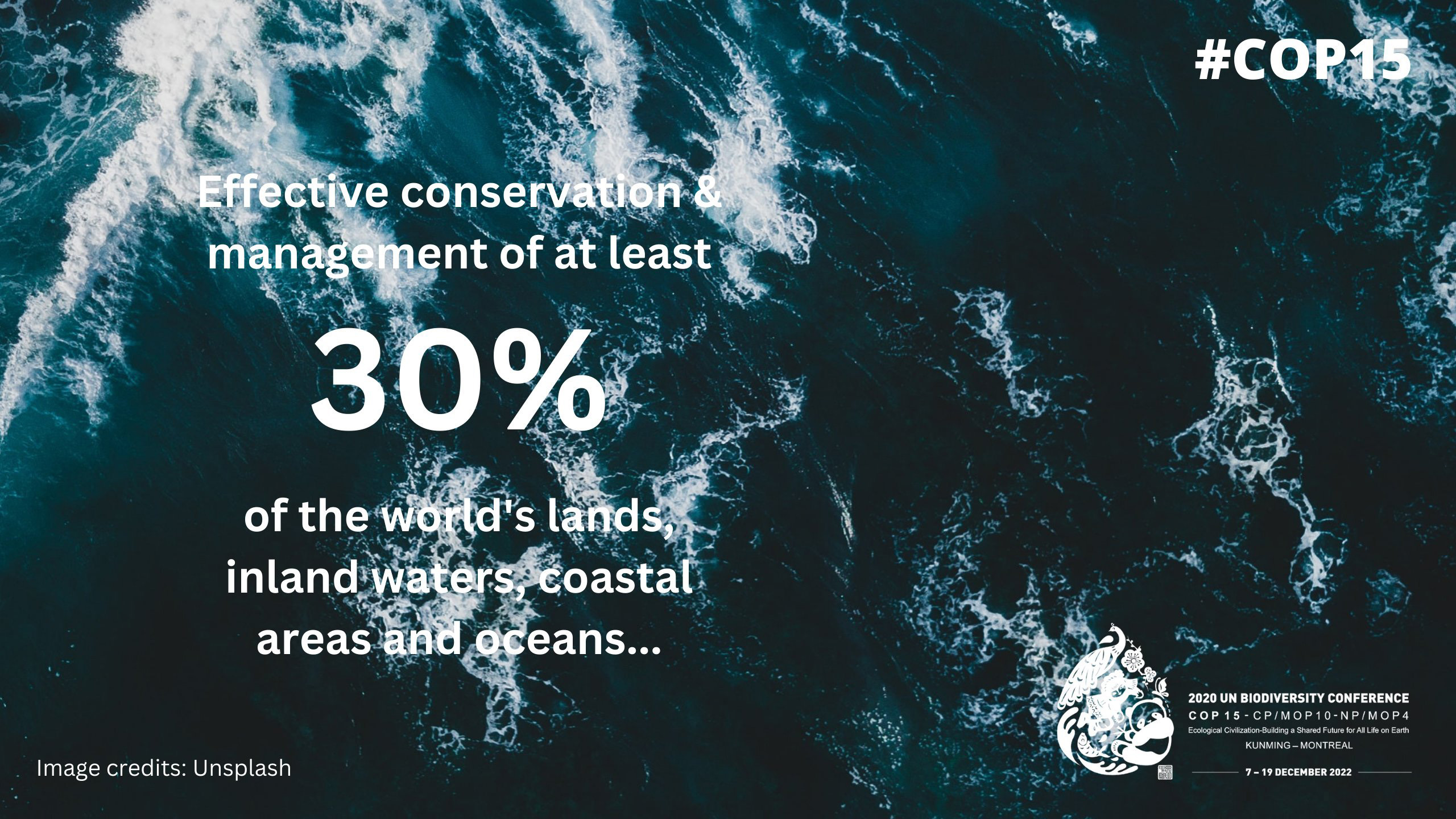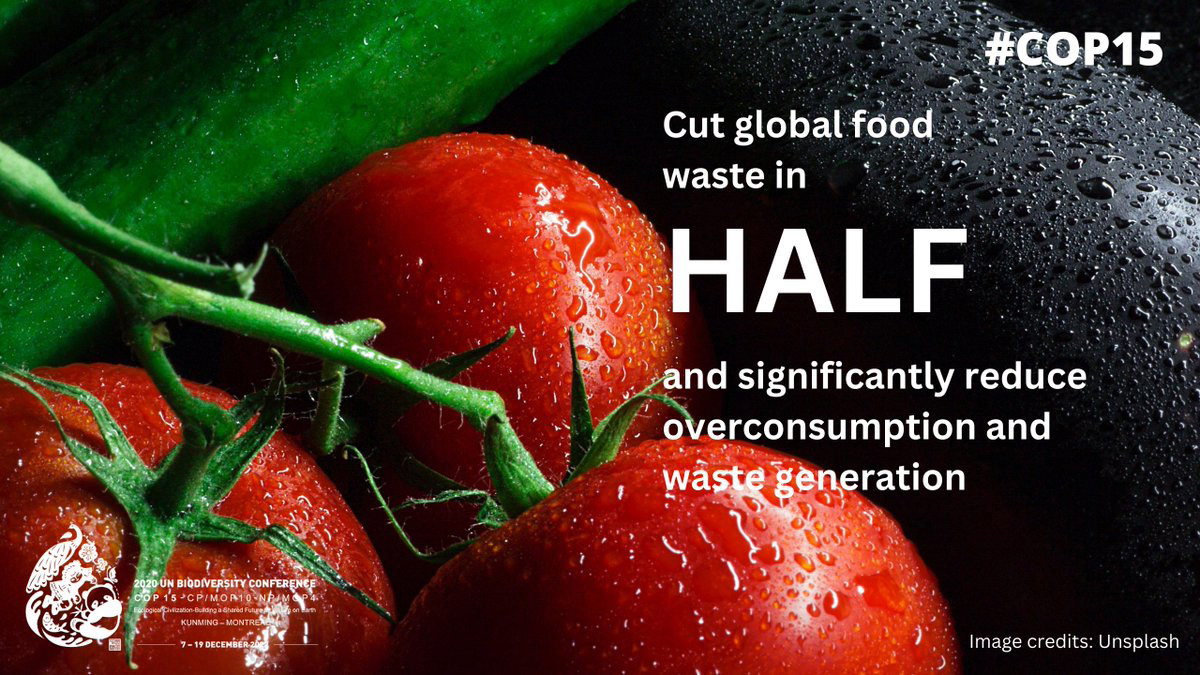#FOODJUSTICE
New UN biodiversity agreement aims to slash global food waste by half

‘We have to understand that there will be no food on the planet with no biodiversity,’ said Maisa Rojas Corradi, Chile’s environment minister who is also a climate scientist, in the New York Times. The agreement aims to cut global food waste in half. But while this is significant, the agreement does not address at all critically-needed changes to the way humanity eats, notably reducing meat consumption due to the exorbitant greenhouse gas (methane) emissions from the raising of livestock, and food-crop monocultures.
Global media are calling it “a sweeping deal to protect nature” and a “historic deal” to halt biodiversity loss: The Kunming-Montréal Global Biodiversity Framework was finalised in Montréal at 3.30am on Monday, 19 December, drawing a line under two weeks of tense, sometimes deadlocked negotiations at the United Nations’ 15th conference on biodiversity, COP15. (The meeting’s original location in Kunming was made impossible by China’s lockdown restrictions at the time of planning, and Canada became the co-host.)
With issues such as rainforest destruction and one million species at risk of extinction, the framework focuses on the health of the planet’s ecosystems, animals and plants, severely threatened by human activities. The agreement sets out “to bring about a transformation in our societies’ relationship with biodiversity by 2030” and builds on a previous 2010-2020 agreement among countries.
The agreement commits nations to protect 30% of land and sea by 2030, dubbed “30 by 30”, a huge increase relative to the 17% of land and 8% of oceans currently protected, according to the UN’s Environment Program; maintain the rights and roles of indigenous peoples in environmental conservation; reform $500-billion in harmful government subsidies driving global heating and destruction of wildlife; oblige businesses to disclose their impact on nature (“their risks, dependencies and impacts on biodiversity”), and share profits from “digital sequence information” (DSI), which is genetic information derived from natural ecosystems such as rainforests and coral reefs — often found in poorer countries — used by (mostly) developed countries to produce food and drug products.

A graphic on protecting 30% of land and sea. (Image: COP15 /Unsplash)
COP15 came hot on the heels of COP27, the UN’s global climate-change conference held in Egypt in November. While COP27 necessarily focused on all aspects of human activity that contribute to climate change, COP15 focused specifically on the natural world — how to protect it, and how to prevent further catastrophic losses of animal and plant species that threaten the world’s ability to continue to benefit from clean air, sufficient fresh water, and food.
The final deal at COP15 was reached after a Sunday-evening plenary session that lasted seven hours into the early morning, before Chinese environment minister and COP15 President Huang Runqui declared that a deal had been struck.
Though United Nations (UN) agreements can only be concluded if there is consensus among all parties, Runqui allegedly pushed the deal through despite the objections of the Democratic Republic of Congo (DRC). The Guardian reported that “DRC said it had formally objected to the agreement, but a UN lawyer said it had not”.
DRC and some other African countries had walked out of negotiations earlier in the week because a new biodiversity fund they had been pushing for, to help poorer countries achieve the deal’s targets and separate from the Global Environment Facility (the UN’s main biodiversity fund), does not appear in the final deal.
At Monday evening’s closing plenary session, however, Runqui and Eve Bazaiba, DRC’s environment, shook hands, signalling Runqui’s apparent apology and her acceptance of the agreement.
What does appear in the final deal?
In addition to “30 by 30”, the maintenance of indigenous peoples’ rights, and subsidy reform, the agreement aims to cut global food waste in half.
From a food-systems perspective — everything that relates to how we grow, raise, catch, process, trade, transport, consume and dispose of our food — this is big news because food waste is a massive threat to climate and biodiversity. About one-third of all food produced is wasted (during farming, production and consumption), and this waste is responsible for close to 10% of all greenhouse-gas emissions (from methane) — four times more than the global airline industry.
Visit Daily Maverick’s home page for more news, analysis and investigations
But waste is not food’s only impact on biodiversity: The world’s food systems overall are a major contributor to biodiversity loss, due to crop ‘monocultures’ that dominate the agriculture and food industries, and to our consumption of meat, among others.
The world’s three top staple food crops (wheat, rice and maize) account for more than half of total human energy intake, and four individual crops (wheat, rice, maize and sugarcane) together accounted for half of all global production of ‘primary’ crops in 2020.
Food Tank, a non-profit “think tank for food” based in the United States, stated that “an increasing proportion of our land and water resources are being devoted toward an ever less-genetically diverse set of crops and livestock, making our food systems even more vulnerable to pests, the climate crisis, loss of cultural heritage, and more.”

A graphic on cutting food waste in half. (Image: COP15 / Unsplash)
Farming of about 70-billion animals per year for meat production contributes at least 16.5%, and possibly as much as 28%, to total greenhouse-gas emissions, due mainly to the methane expelled by animals.
In addition, food and agriculture are the greatest sources of environmental degradation.
What COP15 did achieve…
The COP15 agreement describes 23 targets, relating to “reducing threats to biodiversity”, “meeting people’s needs through sustainable use and benefit-sharing”, and “tools and solutions for implementation and mainstreaming”. Only Target 10 deals directly with food systems, covering the bases of farming, fishing and forest management, practices and approaches. (See end-note for the text of Target 10.)
The Kunming-Montréal agreement comes not a moment too soon, given scientists’ longstanding alarm at the faster-than-ever rate of biodiversity loss among plants and animals, “which is already at least tens to hundreds of times higher than it has averaged over the past 10 million years,” the agreement says.
Effectively this means that 25% of the planet’s identified species are at risk, “suggesting that around 1 million species already face extinction, many within decades, unless action is taken to reduce the intensity of drivers of biodiversity loss.
The rights and the roles of indigenous communities and their traditional territories figure substantially in the agreement, to this end. This is because of both evidence and respect for human rights: Scientific studies show that indigenous peoples are best at protecting nature — collectively indigenous populations protect 80% of earth’s biodiversity, while they make up only 5% of humanity.
The programming of one day at COP15 that focused on food systems highlighted the deep connection between land and biodiversity protection. Fixing biodiversity loss is impossible, scientists and advocates say, without setting in motion powerfully motivated transformations in food production, agriculture systems, and land use, by bringing together scientists, plant breeders, farmers (from small-scale to multinationals) and — importantly — consumers.
… and what it hasn’t (yet)
“We have to understand that there will be no food on the planet with no biodiversity,” said Maisa Rojas Corradi, Chile’s environment minister who is also a climate scientist, in the New York Times.
While cutting food waste is significant, the agreement does not address at all critically-needed changes to the way humanity eats, notably reducing meat consumption due to the exorbitant greenhouse gas (methane) emissions from the raising of livestock, and food-crop monocultures.
This was pointed out by one of The Guardian’s environment reporters, Phoebe Weston, who tweeted, “Getting pretty sick of this. I’m at a UN biodiversity conference, ten sandwich/bagel/wrap options at café here. Only one that doesn’t contain meat. How is this message not getting through. #COP15 Also hardly any mention of dietary changes in the text.”
Weston later tweeted, “It’s the biggest individual action many people at this conference should be doing to save nature. Silence on meat consumption — can’t recall a single delegate mentioning it yet. I’ve been here 10 days.” DM/MC
MC will continue to report on food-related aspects of biodiversity losses as well as climate impacts in 2023.
Notes:
- The Kunming-Montréal agreement’s Target 10, the only target to address food systems, reads as follows: “Ensure that areas under agriculture, aquaculture, fisheries and forestry are managed sustainably, in particular through the sustainable use of biodiversity, including through a substantial increase of the application of biodiversity friendly practices, such as sustainable intensification, agroecological and other innovative approaches contributing to the resilience and long-term efficiency and productivity of these production systems and to food security, conserving and restoring biodiversity and maintaining nature’s contributions to people, including ecosystem services and functions.”
- All documents relating to COP15 can be found on the United Nations’ Biodiversity site.






















 Become an Insider
Become an Insider
Comments - Please login in order to comment.